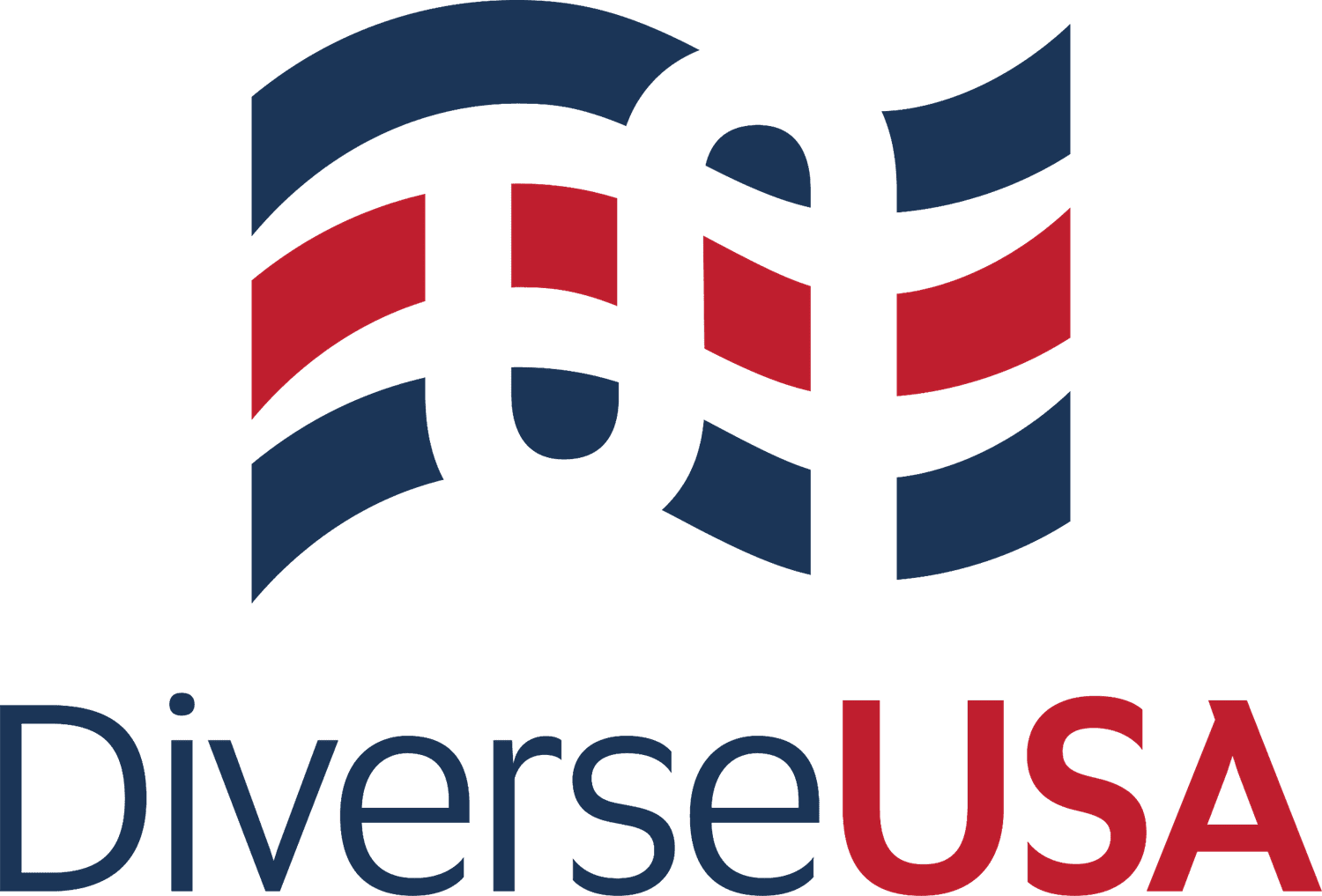
Tolerating, Including, Belonging: Moving from Acceptance to Co-Creation
In the evolving landscape of workplace diversity, the concepts of tolerating, including, and belonging have taken center stage as critical elements in creating truly inclusive environments. Yet, as we strive for progress, it’s essential to understand that these concepts represent different stages in the journey toward a more equitable society. The ultimate goal isn’t merely to welcome people into existing structures, but to move beyond inclusion to co-creation—where everyone has a stake in the systems and institutions that shape our lives.
Tolerating: The Starting Point
Tolerating is often the first step on the path to inclusion. It involves recognizing and accepting the presence of diversity—be it racial, cultural, religious, or otherwise. However, tolerating differences, while a necessary foundation, is far from sufficient. Tolerating can be passive, implying a grudging acceptance rather than an active embrace of diversity. It may allow for coexistence, but it does not foster true understanding, collaboration, or mutual respect.
Tolerating diversity keeps people at arm’s length, reinforcing existing power structures rather than challenging or changing them.
Inclusion: A Step Forward
Inclusion goes a step further by actively inviting diverse individuals into the fold. Its goal is ensuring that everyone has a seat at the table and a voice in the conversation. Inclusive practices seek to recognize and address barriers that prevent full participation, making room for those who have been historically marginalized. However, inclusion within existing frameworks still assumes a status quo that newcomers must adapt to.
Inclusion requires individuals to conform to pre-existing norms, practices, and structures, which can limit their ability to express their full, authentic selves.
Belonging and Bridging: The Goal of Co-Creation
Belonging transcends both toleration and inclusion. It aims to create environments where individuals feel genuinely valued, seen, and supported. Belonging isn’t just making others feel welcome, but providing them with a stake in the creation of the spaces and systems we inhabit. Belonging and bridging are intertwined concepts that emphasize co-creation as the key to sustainable workplace diversity efforts.
Belonging goes beyond making space for diversity by welcoming people into existing structures—it transforms them into active participants that can shape those structures. This approach requires us to rethink the very systems and institutions within which we operate.
Belonging requires us to build systems that are inherently welcoming to all, where everyone is represented, and where each individual’s voice contributes to the collective whole.
Bridging refers to the work of connecting across differences, fostering understanding, and building relationships that transcend social, cultural, and ideological divides. This process requires humility, openness, and a willingness to question and dismantle existing power dynamics.
Through bridging, we can co-create inclusive spaces that genuinely reflect the diversity of the communities they serve.
Co-Creation: Building the Future Together
Co-creation is at the heart of true belonging and bridging. It is the process of collaboratively designing and building systems, structures, and institutions that reflect the values, needs, and aspirations of all involved.
Co-creation recognizes that everyone has something valuable to contribute and that the best solutions emerge from collective effort and shared responsibility.
In a co-created environment, no one is an outsider looking in or a guest invited to sit at someone else’s table. Instead, everyone is a stakeholder with a hand in designing the space, setting the agenda, and making decisions. This approach leads to more equitable, just, and sustainable outcomes because it is rooted in the lived experiences and insights of those who have historically been excluded from decision-making processes.
Moving Forward
As we continue to advance diversity initiatives, we must aim for more than tolerance or inclusion. Our goal should be to foster true belonging through the co-creation of systems and institutions that are equitable and just. This requires a commitment to bridging differences, sharing power, and working together to build a future where everyone is represented, valued, and empowered.
By embracing co-creation, we can move beyond accommodating diversity to actively celebrating and harnessing it as a strength. In doing so, we can create a world where everyone not only belongs but thrives.
Written by Kimberly Walton, Founder & CEO, DiverseUSA

